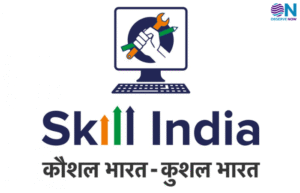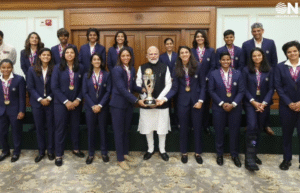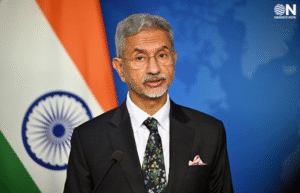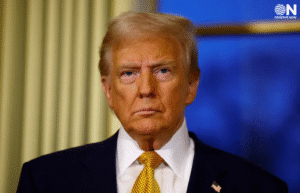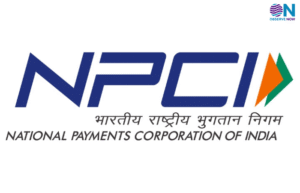New Delhi: The Indian Defense sector is striving for self-reliance through initiatives like Atmanirbhar Bharat Mission, IDEX scheme for indigenous innovation, earmarking a specific budget for indigenous products, favorable FDI policies, and defense corridors.
The Defense Sector in India views the domestic and global market based on the need for national security, with public and private sectors coexisting through civil-military fusion. In this regard, Shivani Babbar, Lead Governance, ObserveNow Media interacted with Lt. General Vinod G. Khandare, Principal Adviser, Ministry of Defence, Government of India.
What are the few initiatives for the Indian Defence sector to become self-reliant?
The Government has taken many key initiatives like; Atmanirbhar Bharat Mission to design, develop and manufacture military requirements in hardware and software in India. Specifically; identifying those products which can be produced in India and issued a list of over 500 products -these lists are called Positive Identification lists. Incentives for indigenous innovation by starting the scheme called IDEX by MoD in which challenges are thrown open to all and the solutions submitted are evaluated by the users and winners of the challenges are announced, financial help is provided and so is the hand-holding provided. Specific percentage of the acquisition budget is earmarked for Indigenous products. FDI policy has been favorably spelt out. Ordnance factories are now reorganized into DPSUs and are now being encouraged to compete in the open market. The Armed Forces have set up their own design bureaus to interact with the Start Ups, Innovators and defense goods manufacturers to collaborate better at the drawing board stage and during the development stage. More transparency is being developed in DRDO for developing cutting edge future technologies. As study is in progress to work out improvements in DRDO. The Govt favors a comprehensive approach of setting up defense corridors and get the State Govt and manufacturers to initiate action and weld together the ecosystem of scientist, academia, innovators, startups, MSMEs, users and finances. These are just a few initiatives.
How is the domestic and global market being viewed by the Defense Sector in India? How do the public and private sector co-exist?
We all expect the world to be a peaceful place to live in but the geo political reality is vastly different. Conflicts and Wars continue in many geographies. Internal and external conflicts make use of kinetic and non-kinetic methodologies, tools and weapons. India has to be strong in all domains to deter our adversaries so we have to equip our Armed Forces for the ultimate threat that is – war which may be of any kind. Do remember that the nature of wars remains the same but character and form is ever changing. For internal stability the nation has to equip the Law enforcement and internal security agencies with the best weaponry ( non-lethal and lethal )within parameters of policing for citizens. There is always some market demand from defense industries during peacetime and intense demands when conflicts escalate to the level of global or regional ones the demand on the defense manufacturing sector increases. Normally, Defense industries excel or survive only if their products -services are niche, have quality and are commercially cost competitive. This requires civil military fusion. Some civilians use products with a variation for the military that generally succeed in the commercial world and are thus preferred destinations for the private sector. However, those specific products which have nil or limited civilian utility have to be manufactured and sustained by public sector undertakings with their own ecosystem of partnerships in public and private sector. Foreign alliances and partnerships are invariably inescapable for both the public and private sector to be contemporary in technology and in supply chains. There is enough space and scope for domestic and international players in the public and private sector in Indian deference within the laid down parameters of the Government. All are interdependent as well as competitive, there is enough scope for collaborations and healthy competition.
What are the key national security priorities identified by the Ministry of Defence?
Security priorities are identified at national level in the current and future perspective and then respective Ministries and entities derive their areas of concern and identify challenges and vulnerabilities. Every nation has to map out its comprehensive national power and ensure comprehensive national security. Govt of India is responsible to ensure defence of India and every part thereof. Ministry of Defence provides a policy framework of the Govt on all defence and security matters and communicates them for implementation to its Services and other entities. Other Ministries and national entities including citizens are equally responsible for contributing to national interests of growth and security.
How is the Ministry of Defence addressing cybersecurity threats to national defense systems?
Ministry of Defence ensures protection of its integral assets by having dedicated networks, military grade equipment, customized processes and protocols and a trained and disciplined human capital. Periodically the equipment, processes and human capital are put through upgrades and are validated in a realistic operational environment. Dedicated organizations exist to monitor, regulate and audit cyber defence.
How do you see India and its military preparing for current and future wars? What are our MoD priorities?
India as a nation has to be prepared to fight and win declared and undeclared wars. Ministry of Defence, like all other Ministries, derives its priorities by carrying out a comprehensive environmental scan and by analysing the current and future threat scenarios. New era warfare is in the traditional and in non-traditional domains which concerns every Ministry. Conventional wars are not over. Cyber, Space, Information, Environment, Chemical and Biographical domains are the new realities just to name a few. These are to be countered by the whole nation and the whole of Govt approach. Wars in the present day era are waged without formal declarations. Therefore our national response is to be prepared for every eventuality spanning from peacetime tranquility to short of conflict uncertainty onwards to full-fledged war turbulence.
Combination of traditional and non-traditional war waging methodologies is a reality.
With our adversaries being strong proponents of Unrestricted Warfare and Proxy Warfare using disruptive technologies and radicalized human bombs it is imperative that the nation is prepared for every contingency. Nations go to war not mere militaries. Every citizen has a role to play in national prosperity and security. Our preparation has to be of a very high order to ensure deterrence and national resilience to ensure ultimate victory and to outlast the adversary operationally and logistically.




